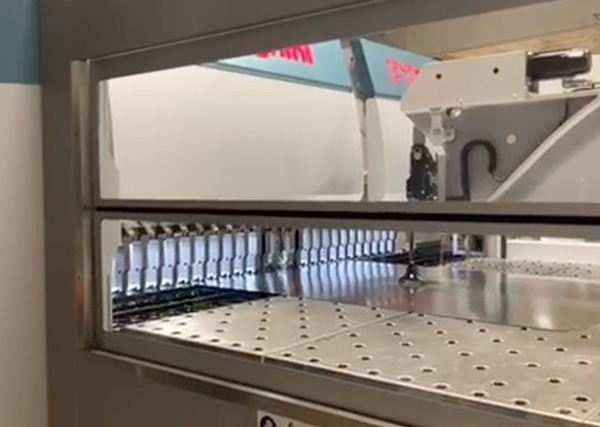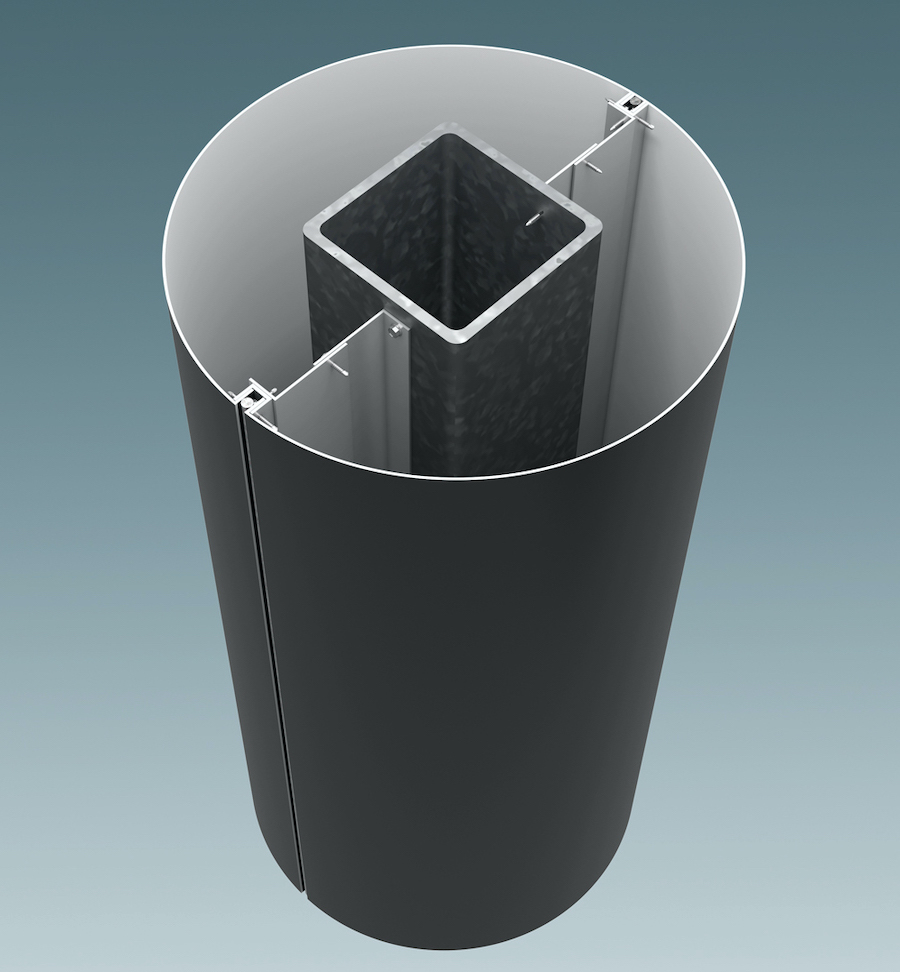The Mixture of Classical and Modern Architectural Design In Massachusetts

Massachusetts has a rich architectural history. Areas like Boston were founded by Puritans, whose style quickly blended colonial styles with popular British styles like Georgian. Another style that seamlessly adapted from a preceding style is Federal architecture, distinguished by drastically symmetrical and classical details. Yet, like many places with rich architectural histories, Massachusetts architecture has evolved. This evolution meets the needs of the communities they serve with concepts of modernity and sustainability in mind.
 The Lucas/136 Shawmut Avenue, Boston, MA, CEI Materials R4000 System
The Lucas/136 Shawmut Avenue, Boston, MA, CEI Materials R4000 System
The architecture of Massachusetts today often blends traditional architectural styles with contemporary building elements and materials. For example, at 136 Shawmut Avenue, the Lucas transforms a former 19th-century German Trinity Catholic Church into 33 contemporary livable spaces.
 The Lucas/136 Shawmut Avenue, Boston, MA, CEI Materials R4000 System
The Lucas/136 Shawmut Avenue, Boston, MA, CEI Materials R4000 System
American architect Patrick Keely built the original structure in 1874. As the architects of the redesign at Finegold Alexander Architects (FAA) describe, “The approach re-imagines a striking steel and glass contemporary design that rises out of the massive stone walls of the former church while respecting the architectural and tectonic qualities of the original structure.”
 Holyoke Public Library, Holyoke, MA, CEI Materials R4000 System
Holyoke Public Library, Holyoke, MA, CEI Materials R4000 System
Experts in renovating historic facades, the architect at FAA completed another important Massachusetts project, The Holyoke Public Library. In Holyoke, Massachusetts, the library was built by James Clough in 1902. Unfortunately, after a century of public use, the original structure was crumbling. So, the architects created a design that complimented the early 20th-century architectural style while simultaneously showcasing modernity with 21st-century upgrades.
 Holyoke Public Library, Holyoke, MA, CEI Materials R4000 System
Holyoke Public Library, Holyoke, MA, CEI Materials R4000 System
The library renovation nearly doubled its available space and transformed existing interior spaces into naturally day-lit reading destinations. In addition, the expansion attaches itself to the original structure, creating a multifaceted design. The modern addition features a glass and metal façade with many windows, creating a light-filled beacon at night.
 The Linx, Watertown, MA, CEI Materials R4000 System
The Linx, Watertown, MA, CEI Materials R4000 System
Also prevalent is the creation of modern facades that move away from the classical materials of the 18th century and showcase a movement towards modernity. For example, the Linx in Watertown converted a concrete warehouse into a modern commercial office complex. The design incorporates daylighting and various exterior-cladding materials. With the concrete replaced with glass, the new building is split into two and houses a variety of professional industries from technology to health insurance. The modular construction of the building contributed to its LEED certification.
 Residence Inn Marriott Boston Watertown, CEI Materials R4000 System
Residence Inn Marriott Boston Watertown, CEI Materials R4000 System
The Residence Inn Marriott Boston Watertown also features a contemporary sustainable design, with the project achieving LEED-Silver in 2018. The Residence Inn Marriott is in Watertown’s East End. William McQuillan, Principal of Boylston Properties, describes, “We built a contemporary building on purpose that has a 24/7 life to it. It’s about the future of Watertown, and it’s one of several projects going on in the East End that are all about the future of Watertown.”
 Residence Inn Marriott Boston Watertown, CEI Materials R4000 System
Residence Inn Marriott Boston Watertown, CEI Materials R4000 System
Architecture has evolved in Massachusetts, as with many places around the country. All combinations of classic, restorative, modern, and adaptive reuse designs find their place. The abundance of style showcase the diversity of the area and the evolution of styles experienced over the last two hundred years.





.png)
